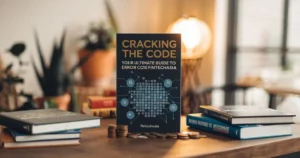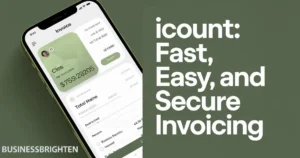How are inheritance checks mailed? Let’s find out! First, the executor of the estate collects all necessary documents. They ensure everything is in order, including the will and any court approvals. Once everything is set, they prepare the checks for mailing.
Next, the executor confirms the addresses of all beneficiaries. They double-check each address to avoid any mistakes. Once verified, they put the checks in envelopes and add the necessary postage. The checks are then taken to the post office for mailing.
Beneficiaries receive their checks in the mail. It’s important to check your mail regularly and keep an eye out for the envelope. Once you receive it, deposit the check at your bank. It’s a straightforward process, ensuring you get your inheritance securely and promptly.
Role of the Executor
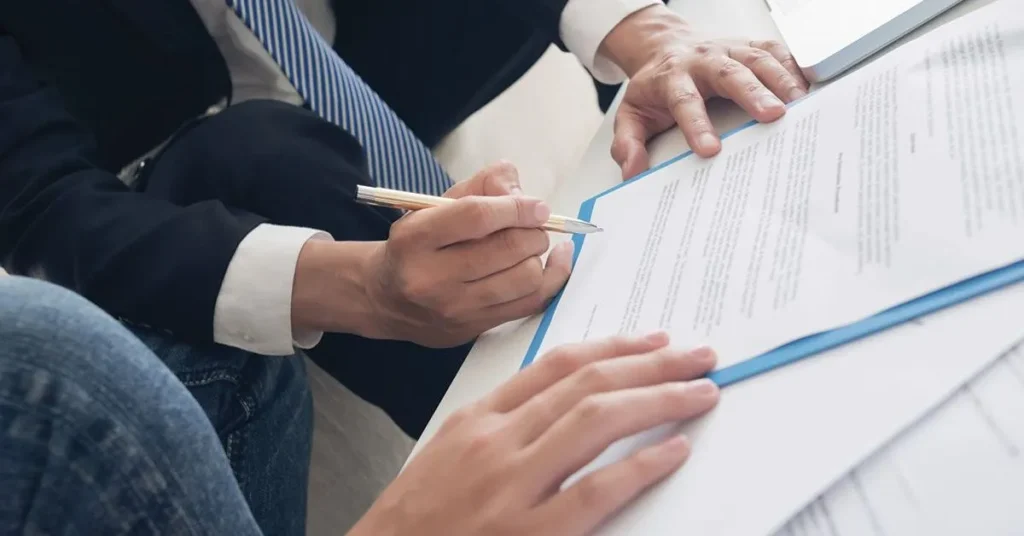
The executor plays an important role in managing and distributing an estate. They gather and protect the deceased person’s assets. They also pay any debts and taxes. Finally, they distribute the remaining assets to the beneficiaries according to the will.
- Gather and protect the deceased person’s assets.
- Pay any debts and taxes owed by the estate.
- Distribute remaining assets to the beneficiaries.
- Communicate with beneficiaries and keep them informed.
- Ensure the will’s instructions are followed accurately.
Distribution of Assets
The executor starts the distribution of assets after paying all debts and taxes. They follow the instructions in the will to ensure each beneficiary gets their share. This process helps ensure fairness and clarity.
The executor communicates with each beneficiary to explain what they will receive. They may distribute cash, property, or other valuables. Clear communication keeps everyone informed and satisfied.
Finally, the executor keeps records of all distributions. This helps track what has been given and prevents any misunderstandings. Good record-keeping ensures transparency and trust.
Use of Certified Mail
Certified mail gives you proof that your letter or package was sent and received. When you send something by certified mail, you get a receipt. The recipient has to sign for it, so you know it got to the right place.
Using certified mail is great for important documents. It’s helpful when you need to track delivery. You can check the status online and see when it was delivered. Certified mail also provides extra security. It reduces the chance of your mail getting lost. This way, you can have peace of mind knowing your important mail is safe.
How does Inheritance work in 2023?
In 2023, inheritance follows a clear process. When someone passes away, their assets are distributed according to their will. If there is no will, the state’s laws decide who gets what.
The executor handles the distribution of the estate. They gather all assets, pay any debts, and then give the remaining assets to the beneficiaries. This ensures everything is done fairly and legally.
Beneficiaries usually receive their inheritance through checks or bank transfers. It’s important to keep in touch with the executor during this process. This helps ensure everything goes smoothly and without delays.
Probate Process
The probate procedure commences once the executor submits the will to the court. This action confirms the validity and legal enforceability of the will. Subsequently the court formally designates the executor to oversee the estate.
The executor Itemizes the assets of the individual. They settle any debts and taxes using estate funds. Ultimately the executor allocates the remaining assets to the heirs as specified in the will.k
Who Issues an Inheritance Check?
The executor of the estate issues an inheritance check to each beneficiary. First, the executor gathers all necessary documents and verifies the beneficiaries’ identities. They then calculate each person’s share of the inheritance. Once the calculations are done, the executor writes the checks to distribute the funds.
After getting the checks ready they send them through mail directly to those who are supposed to receive them. It’s crucial for recipients to make sure that their mailing addresses on file with the person in charge are accurate to prevent any delays. In case there are any problems or inquiries regarding the inheritance checks recipients can reach out to the person, in charge for help.
Importance of Authentication and Validation
Authentication and validation are crucial in ensuring that information and transactions are secure and accurate.
- Security: Authentication helps verify the identity of users or entities accessing a system, preventing unauthorized access.
- Accuracy: Validation ensures that data entered or processed is correct and meets certain criteria, reducing errors and ensuring reliability.
- Compliance: Authentication and validation help organizations comply with legal and regulatory requirements.
- Trust: Proper authentication and validation build trust among users and customers, enhancing the reputation of the organization.
- Risk Mitigation: They help mitigate risks associated with fraud, data breaches, and incorrect data.
Proper implementation of authentication and validation processes is essential for maintaining the integrity and security of systems and data.
How Long Does it Take to Receive Inheritance from a Trust?
Inheritance received from a trust can arrive at times due, to reasons;
Trust Administration: The process includes collecting assets settling debts and distributing inheritances as per the trusts guidelines. The duration can range from a months, to a year depending on the trusts intricacy and asset portfolio.
Legal Requirements: Some jurisdictions require a waiting period to allow creditors to make claims against the estate or trust, which can delay distribution.
Contingencies and Conditions: If the trust has specific conditions or contingencies that must be met before distribution, such as the beneficiaries reaching a certain age or completing certain milestones, this can also delay the distribution of inheritance.
Disputes or Challenges: Disputes among beneficiaries or legal challenges to the trust can significantly delay the distribution process.
Executor or Trustee Actions: The efficiency and actions of the executor or trustee responsible for managing the trust can impact how quickly inheritance is distributed.
Recipients usually expect the process to last anywhere, from months to over a year depending on factors and the specific traits of the trust. It’s crucial for recipients to keep in contact, with the executor or trustee to receive updates on when distributions will occur.
How do You Receive Inheritance Money?
Receiving inheritance money involves a few key steps:
- Notification: First, you’ll be notified by the executor or trustee handling the estate or trust.
- Verification: You may need to provide identification and sign documents to verify your identity.
- Distribution: The executor or trustee will distribute the inheritance according to the instructions in the will or trust.
- Method of Payment: You may receive a check in the mail or have the funds transferred directly into your bank account.
- Tax Considerations: Depending on where you live, you might need to pay inheritance taxes on the money you receive.
It’s important to communicate with the executor or trustee to ensure you receive your inheritance money smoothly.
Related Post: I OWN 50 PERCENT OF A PROPERTY. WHAT ARE MY RIGHTS?
Inheritance Check Cashing
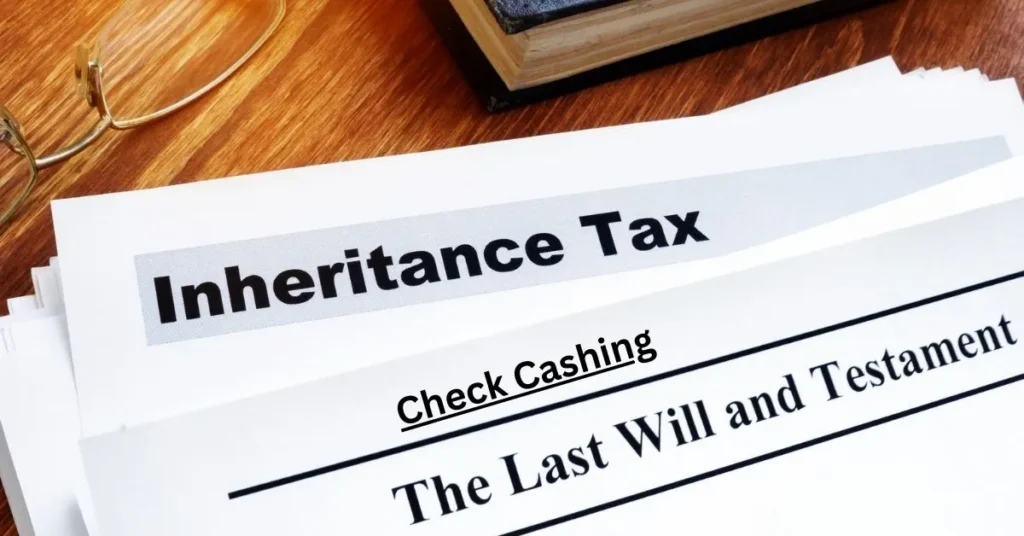
To cash an inheritance check you need to either deposit it into your bank account or cash it at a bank or check cashing service. Make sure you have the identification. If necessary get endorsements, from all the beneficiaries named on the check. It’s important to handle the check promptly to access your inheritance funds without delay.
How Long Does an Heir Have to Claim Their Inheritance?
Heirs typically have a reasonable amount of time to claim their inheritance, which varies by jurisdiction and the specific circumstances of the estate. They should contact the executor promptly to begin the process. It’s important to follow legal deadlines to avoid complications or potential loss of the inheritance.
Can the State Take My Inheritance?
Yes, under certain circumstances, the state can take your inheritance. This typically occurs when you have debts, like taxes, child support or other financial responsibilities. In these scenarios creditors or governmental bodies might try to access a portion or the entirety of your inheritance to settle these debts. It is crucial to address any pending debts to prevent issues related to your inheritance.
Inheritance Disbursement
Inheritance disbursement involves allocating assets to beneficiaries as, per the instructions, in a will or trust. A designated executor or trustee manages this procedure to guarantee that each beneficiary obtains their portion. This usually includes validating the will clearing any debts and distributing assets promptly.
How Long Does it Take to Get Inheritance After the House Has Been Sold?
Once a house is sold as part of an estate it usually takes a months to divide the inheritance. The timeframe varies based on tasks such, as clearing debts completing the sale and meeting obligations. Executors strive to allocate funds after these steps are completed.
Related Post: UNDERSTANDING THE POWER OF ATTORNEY FOR REAL ESTATE CLOSINGS
What is it Called When You Receive Money from a Will?
When you receive money from a will, it’s called an inheritance. This money comes from the deceased person’s estate and is distributed according to their instructions in the will. You may receive this inheritance directly or through a trustee or executor.
How Long After Probate Granted Will I Get My Money?
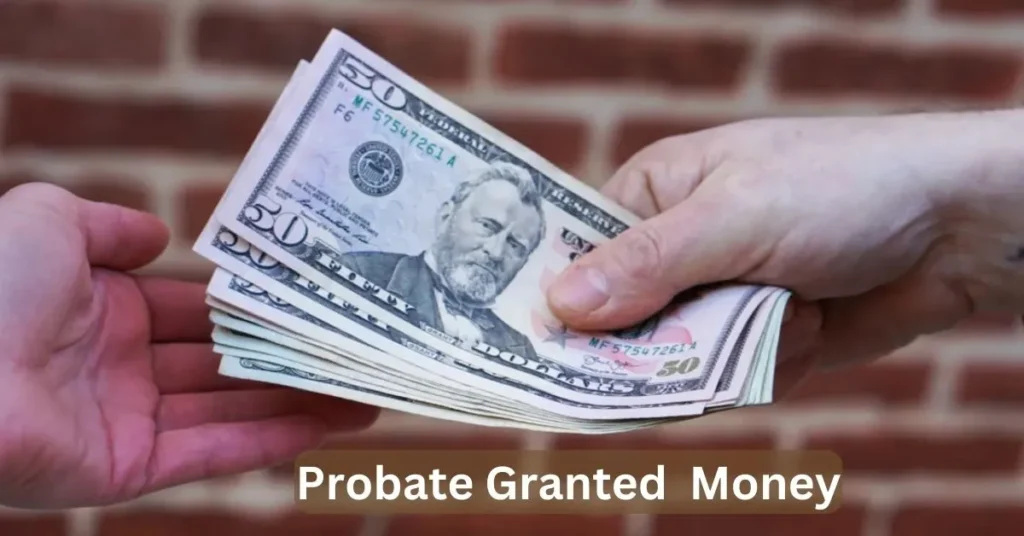
After the probate process is completed it usually takes a weeks to months before you receive your inheritance funds. The timeframe varies based on the estates complexity. The duration needed to resolve any remaining debts or tax obligations. Keep in contact, with the executor to stay informed, about the progress of distributing the inheritance.
Final Distribution of Estate Assets
During the final stages of distributing estate assets, the executor allocates any remaining assets to beneficiaries based on the instructions laid out in the will .This step usually takes place once all outstanding debts, taxes and expenses have been settled. Beneficiaries can expect to receive their portion, in cash, property or other assets as outlined in the will.
Frequently Asked Questions
How do you verify inheritance?
To verify inheritance, you need to be notified by the executor or trustee handling the estate or trust. Then, you’ll provide identification and any necessary documents to confirm your entitlement according to the will or trust.
How do I find out if I am an heir?
Contact the executor of the estate to find out if you are listed as an heir in the deceased person’s will. If an individual lacks children or grandchildren, their nearest living relative would be deemed an heir.
How are inheritance checks mailed?
Inheritance checks are typically mailed by the executor of the estate directly to the beneficiaries.
Who mails inheritance checks?
The executor of the estate is responsible for mailing inheritance checks to the designated beneficiaries.
When are inheritance checks mailed?
Inheritance checks are usually mailed after the executor has gathered all necessary documents and calculated each beneficiary’s share of the inheritance.
Final Thoughts
Inheritance checks are mailed by the executor of the estate directly to the beneficiaries. This process begins with the executor gathering all necessary documents and information about the deceased’s assets. They then calculate each beneficiary’s share according to the instructions in the will or trust.
Once prepared, the executor sends the checks to the addresses provided by the beneficiaries. It’s important for beneficiaries to keep their contact information updated to avoid any delays in receiving their inheritance. If there are any questions or issues, beneficiaries should reach out to the executor for assistance.

Paul Mitchell, our website’s author, leverages 6 years of business expertise to provide insightful content. His wealth of experience enriches our platform, offering valuable insights for our readers.



